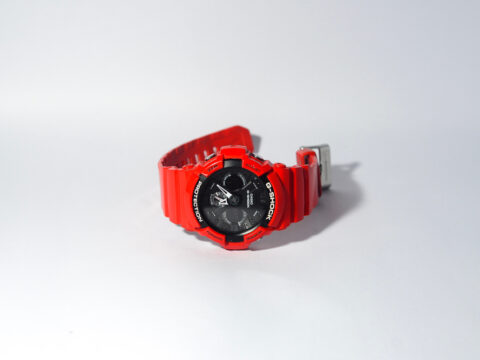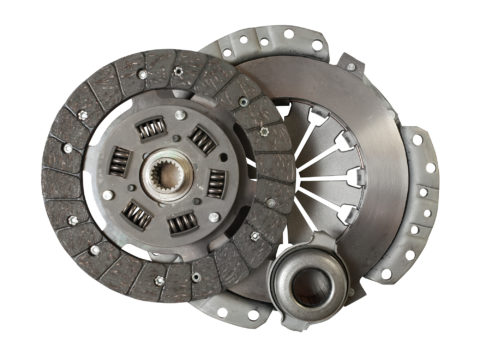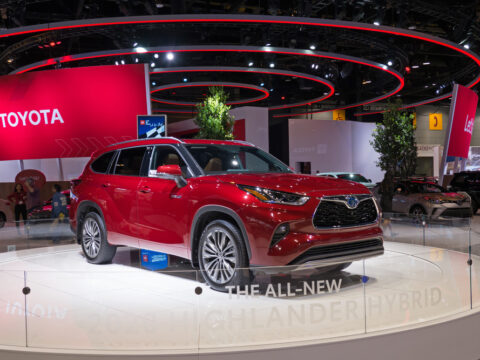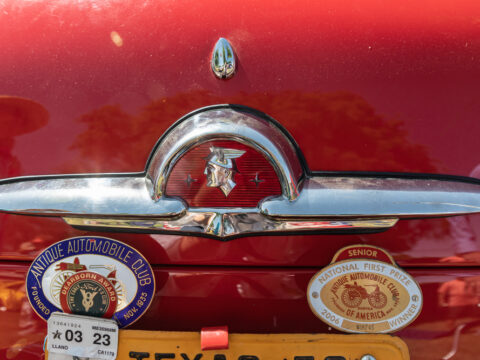The automotive world has seen countless models come and go over the decades. While some cars fade into obscurity, others become cherished icons, building loyal followings and leaving indelible marks on the industry. Yet, even these beloved vehicles sometimes meet untimely ends, discontinued due to shifts in market trends, corporate strategies, or external challenges. In our journey down memory lane, we spotlight 20 such vehicles – cars that won the hearts of enthusiasts and casual drivers alike, only to be retired by their manufacturers.
Contents
Ford Crown Victoria

In production from 1992 to 2011, the Ford Crown Victoria was beloved for its durability and V8 power. It was a staple for police fleets and taxis. Ford decided to stop production due to the shift in market preference towards SUVs and more modern sedans. The last models sold for around $30,000.
Honda S2000

Produced between 1999 and 2009, the Honda S2000 was a rev-happy roadster that charmed drivers with its perfect balance and high-revving engine. Despite its fan base, it faced declining sales, leading Honda to discontinue it. Pricing started at around $34,000 in its final production years.
Volkswagen Beetle

This iconic car was produced in various iterations from 1938 to 2019. The Beetle was loved for its distinctive design and cultural impact. However, with changing market dynamics and the need for more modern designs, VW ceased its production. The last models were priced around $20,000.
Chevrolet SS

Available from 2013 to 2017, the Chevrolet SS was a hidden gem with a V8 engine and rear-wheel-drive setup. It offered performance and practicality but suffered from low sales, leading to its discontinuation. It had a starting price of around $47,000.
Dodge Viper
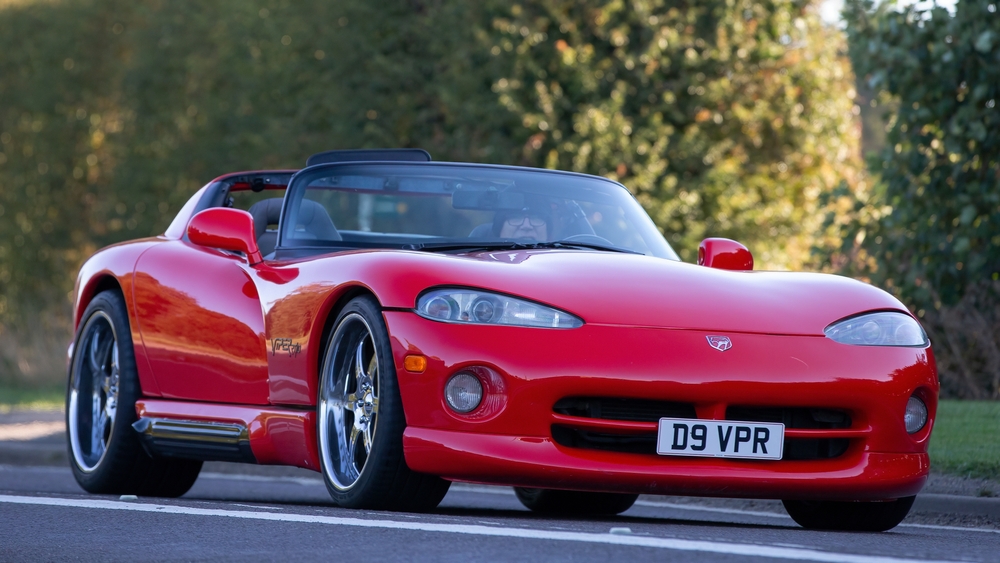
Produced between 1992 and 2017, the Dodge Viper was a raw performance machine known for its powerful V10 engine. As much as enthusiasts loved it, tightening safety and emission regulations, combined with declining sales, led to its demise. Prices started at about $90,000 in its final iteration.
Mazda RX-8
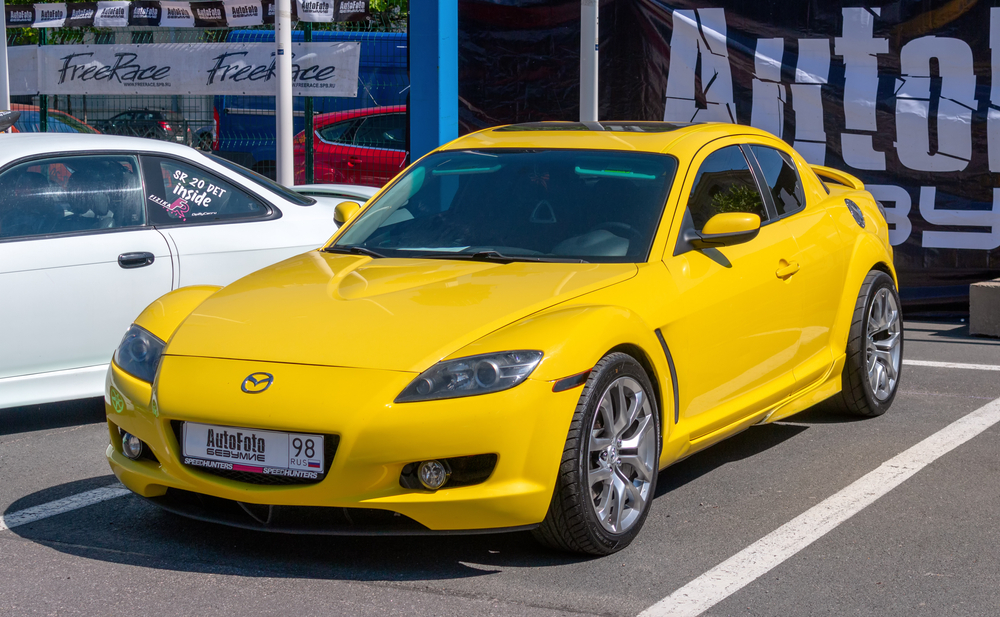
In production from 2003 to 2012, the Mazda RX-8 was the last of the rotary-engined sports cars from Mazda. Its unique engine and suicide doors made it a favorite. However, challenges in meeting emission standards and dwindling sales marked its end. The RX-8 was priced around $27,000 in its last years.
Saab 9-5
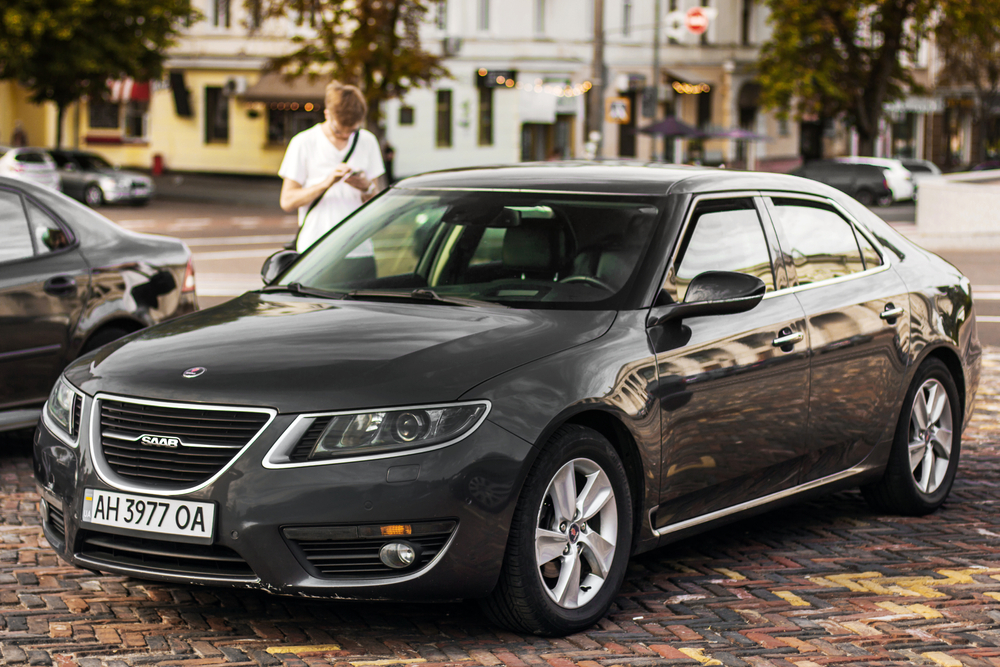
The Saab 9-5, produced between 1997 and 2012, was appreciated for its unique design and turbocharged engines. Despite its loyal fan base, financial troubles at Saab led to the model’s (and the brand’s) demise. Its final models were priced around $40,000.
Mitsubishi Lancer Evolution

Available from 1992 to 2016, the “Evo” became a rally legend and was loved for its turbocharged performance and handling. Due to corporate strategy shifts and changing market dynamics, Mitsubishi discontinued it. The final models had a starting price of around $38,000.
Pontiac Solstice

Produced between 2005 and 2009, the Pontiac Solstice was a sporty roadster with striking looks. The decline of the Pontiac brand and the 2008 financial crisis led to its discontinuation. Prices started at about $25,000.
Subaru WRX STI Hatchback
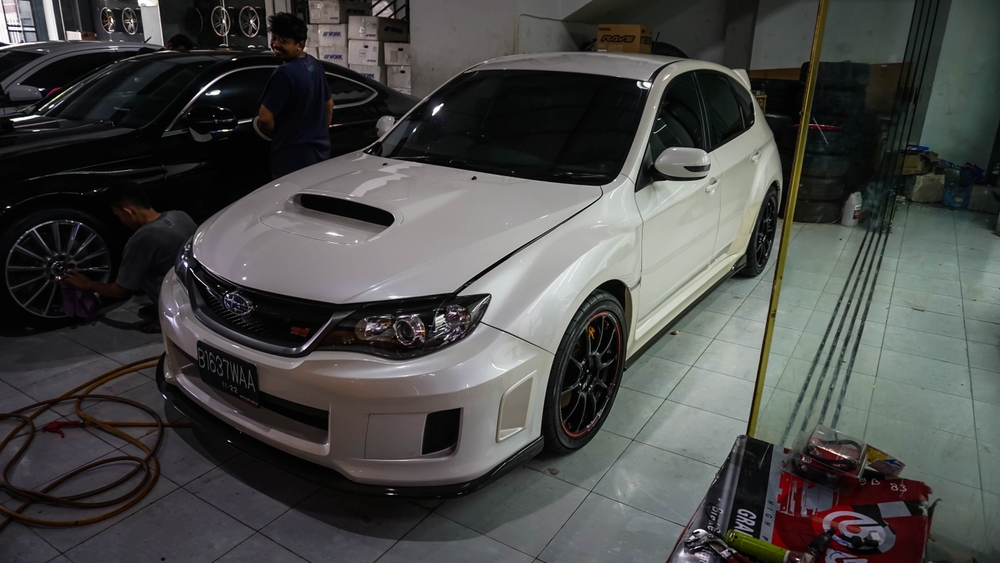
The hatchback version, available from 2008 to 2014, was a favorite among enthusiasts for its combination of performance and practicality. Subaru decided to focus on the sedan version, discontinuing the hatchback. It was priced around $35,000 in its final year.
Chevrolet Volt
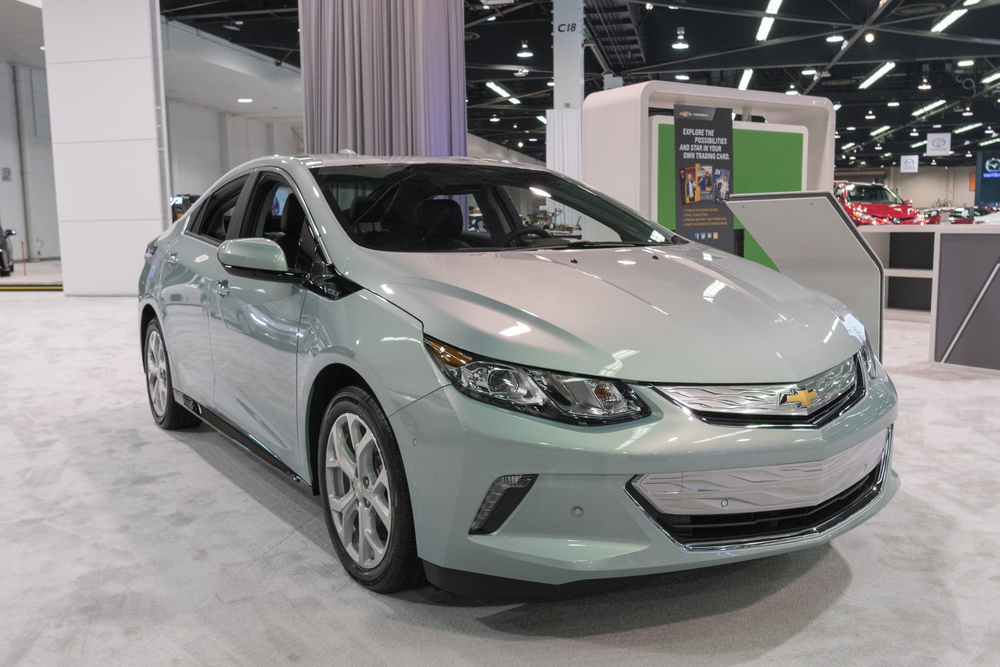
Produced between 2010 and 2019, the Volt was a pioneer in plug-in hybrid technology. Despite its innovative tech, the growing market for pure electric vehicles overshadowed it, leading to its discontinuation. The final models were priced around $34,000.
Alfa Romeo 4C
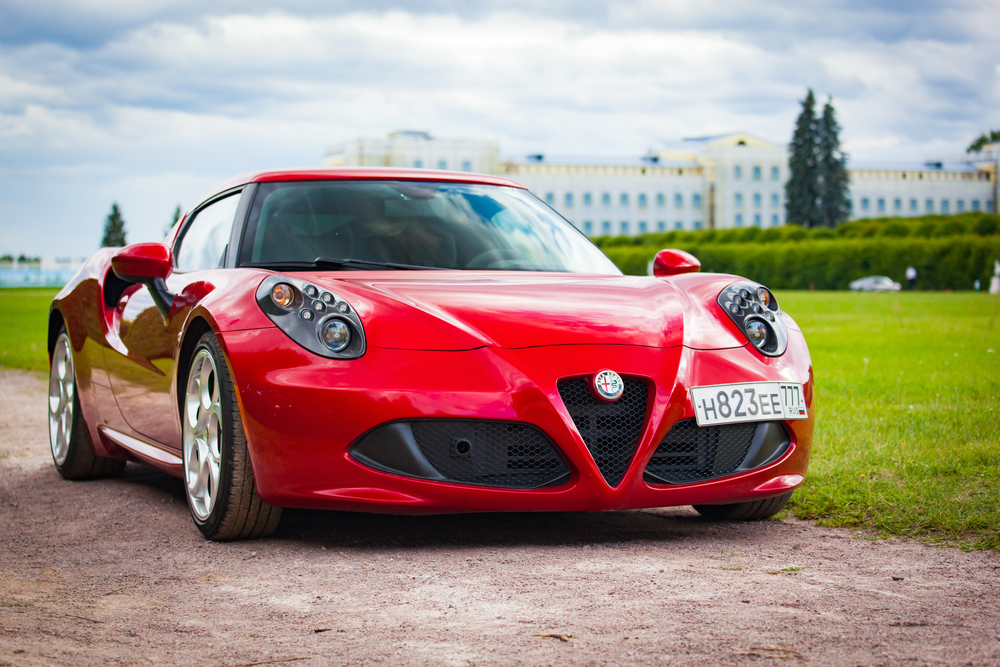
Available from 2013 to 2020, the Alfa Romeo 4C was a lightweight sports car with a carbon fiber chassis. Its pure driving experience won many fans. However, limited sales and Alfa Romeo’s focus on more mainstream models led to its discontinuation. It was priced around $55,000 towards the end.
Hummer H1

Produced between 1992 and 2006, the Hummer H1 was the civilian version of the military’s Humvee. Its rugged capability and imposing presence made it iconic. The H1’s inefficient fuel consumption and GM’s financial challenges in the late 2000s led to its discontinuation. Last models had a price tag of over $130,000.
BMW Z8
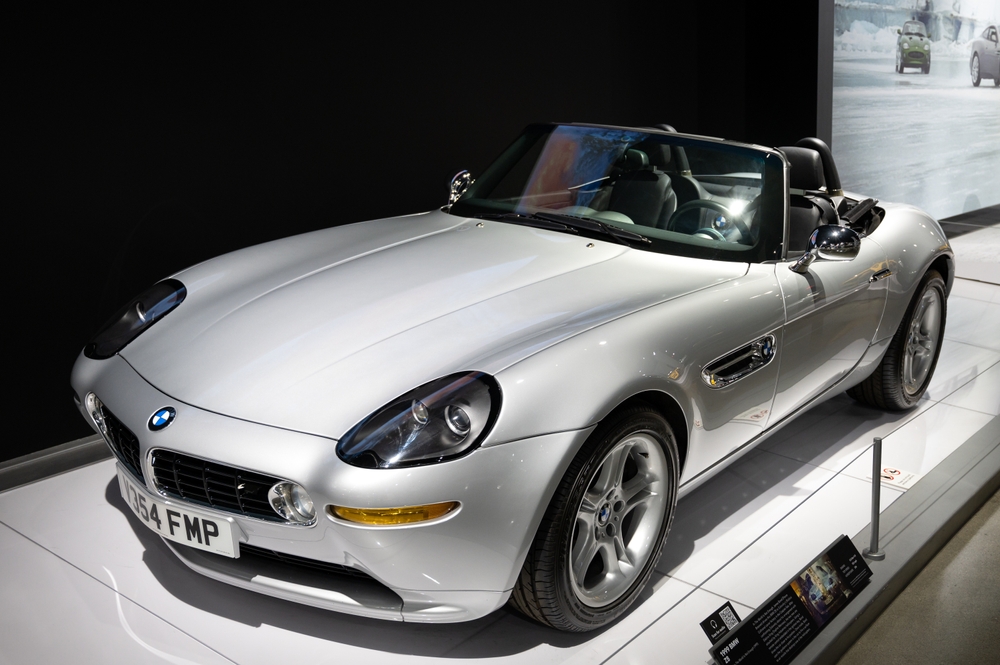
This roadster, in production from 1999 to 2003, was a tribute to the 1950s BMW 507. With classic styling, a V8 engine, and an all-aluminum chassis, the Z8 became a modern classic. Only a limited number were produced, making it a rare find today. Despite its allure, its high price (close to $130,000 at launch) and niche market led to its short lifespan.
Nissan 370Z Roadster

The 370Z Roadster, produced from 2009 to 2019, was the convertible version of Nissan’s Z-car lineage. Known for its balanced handling and robust V6 engine, the 370Z Roadster found fans worldwide. However, as part of a broader strategy and dwindling market for sports convertibles, Nissan decided to discontinue the Roadster version while keeping the coupe. The last roadsters were priced around $42,000.
Cadillac CTS-V Wagon (2010-2014)
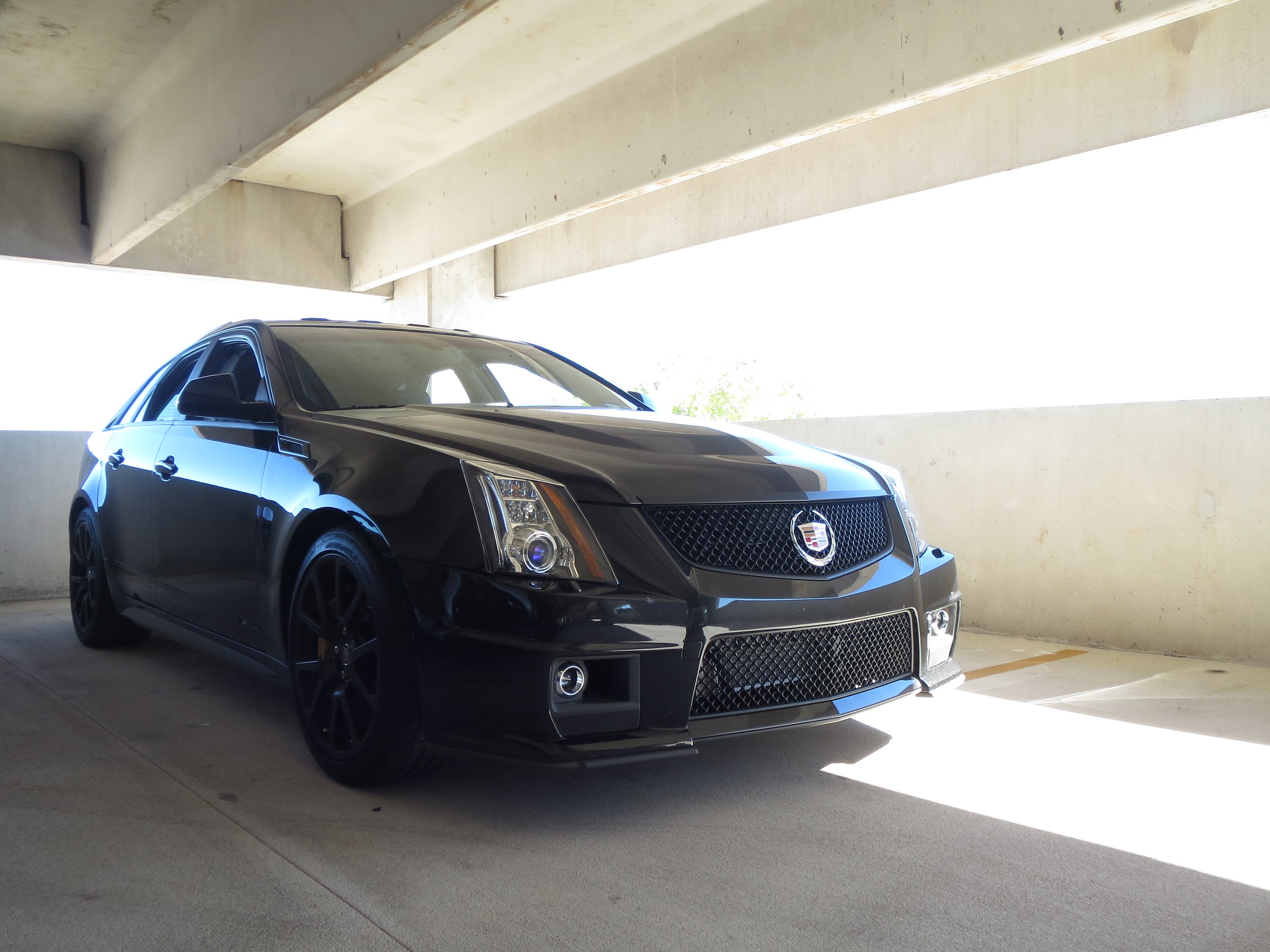
The Cadillac CTS-V Wagon combined the practicality of a wagon with the performance of a sports car, featuring a 6.2-liter supercharged V8 engine that produced 556 horsepower. Despite its cult following and praised driving dynamics, it was discontinued in 2014 due to general consumer preference shifting away from wagons towards SUVs and crossovers. Its low sales volumes made it unsustainable for Cadillac to continue production.
Jaguar XK (1996-2014)

The Jaguar XK was a grand tourer that debuted in 1996, known for its elegant design and powerful V8 engine. It was discontinued in 2014 to make room for newer models like the F-Type, which Jaguar positioned as a more compact and sportier option. Despite its popularity, the XK was phased out as part of a broader brand realignment aimed at rejuvenating Jaguar’s image and product line.
Toyota FJ Cruiser (2006-2014)
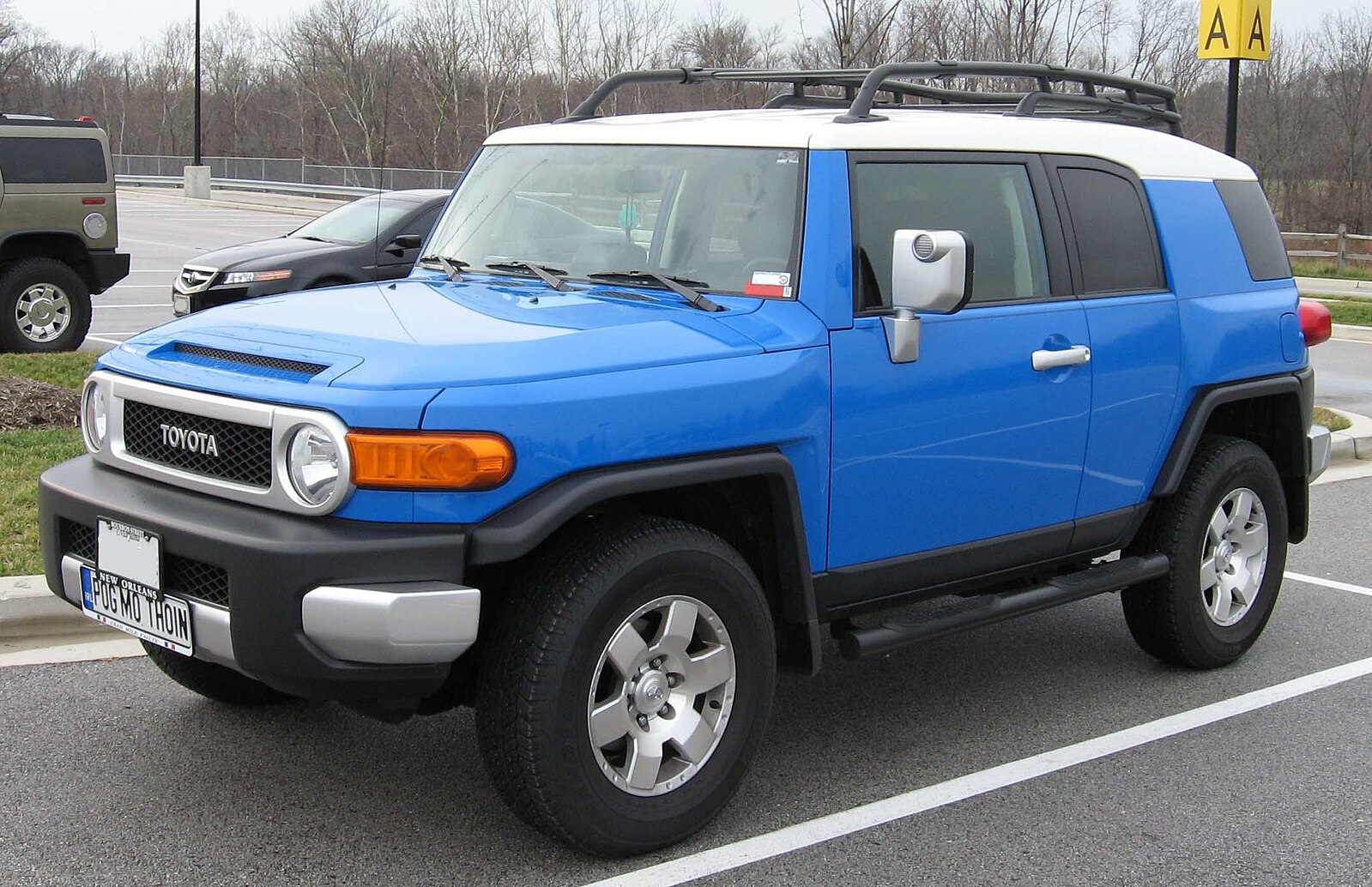
The Toyota FJ Cruiser was a retro-styled SUV inspired by Toyota’s classic FJ40 Land Cruisers. It featured a distinctive design with a strong off-road capability. Despite a strong fan base and solid sales, the FJ Cruiser was discontinued in 2014 due to increasingly stringent fuel economy and emission standards, which its heavy and less efficient design could not meet.
Honda Element (2003-2011)
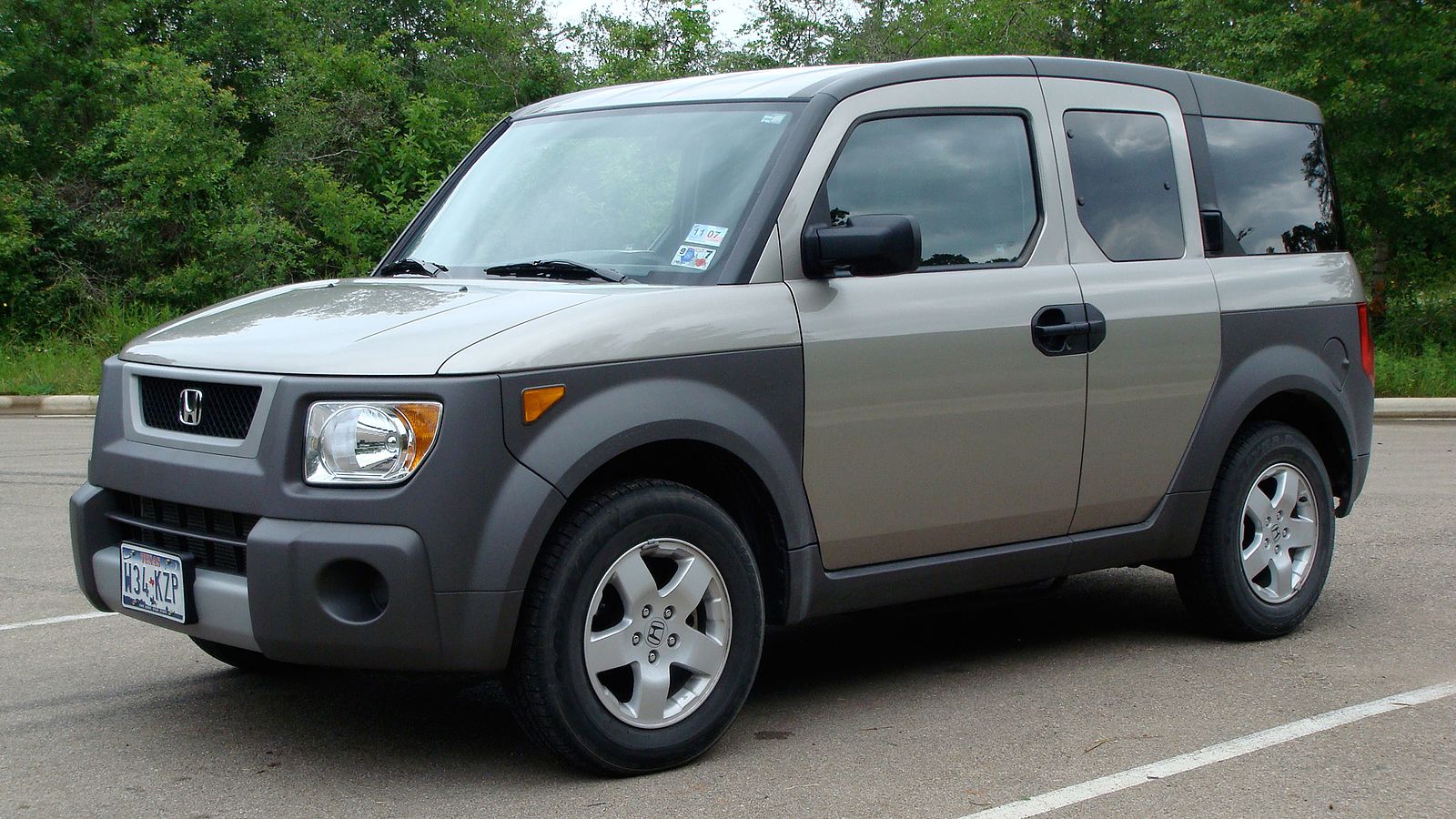
The Honda Element was known for its boxy design and incredibly versatile interior, ideal for outdoor enthusiasts. Despite its practicality and popularity, especially among younger drivers, it was discontinued in 2011. The decision was due to declining sales, the vehicle’s niche market positioning, and Honda’s strategic focus towards more mainstream and fuel-efficient family vehicles.
Dodge Magnum (2005-2008)

The Dodge Magnum was a distinctive station wagon with a muscular design and powerful engine options, including a Hemi V8. It was discontinued in 2008 as part of a shift in consumer preference away from station wagons to SUVs and crossovers. Despite its performance and utility, the Magnum suffered from poor sales in its later years, prompting Dodge to focus on more profitable vehicle segments.
This article originally appeared on MyCarMakesNoise.
More from MyCarMakesNoise
How Hybrid Technology is Revolutionizing Different Fields

While most associate “hybrid” with eco-friendly cars that marry gasoline engines and electric batteries, its application spans a spectrum of industries, from aerospace to agriculture. Read More.
Exposing America`s Top 10 Least Reliable Car Brands

From transmission troubles to electrical gremlins, we dive into the specific models that contributed to their ratings and give you a snapshot of what to look out for. Read More.
The Top 22 Muscle Cars for Speed Enthusiasts
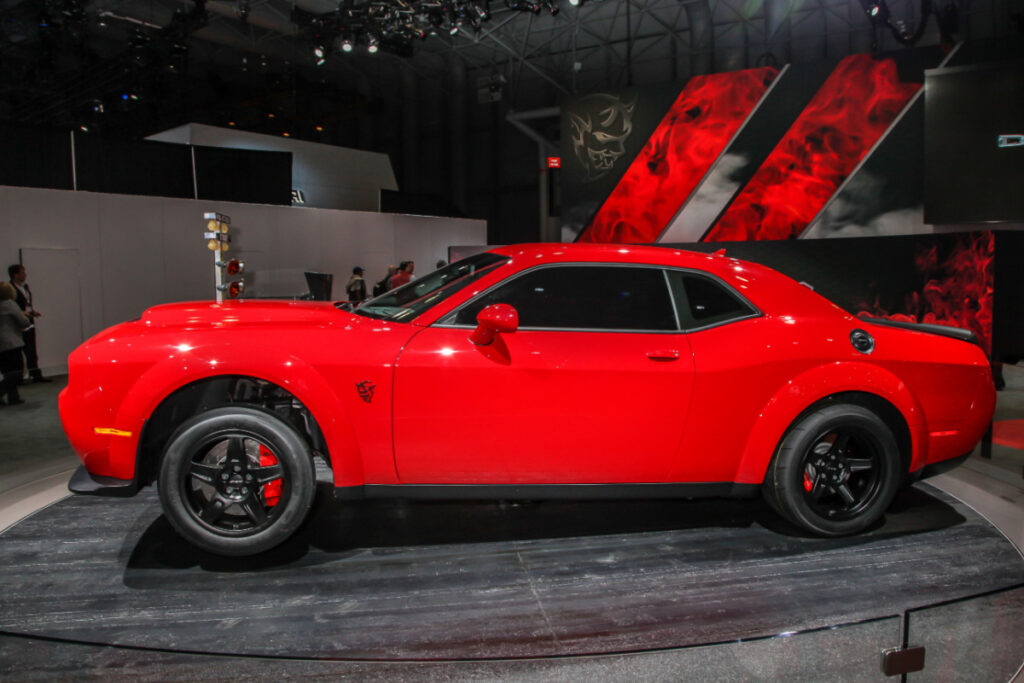
Muscle cars represent power and excitement in the car world. They are known for their strong engines, bold designs, and fast speeds. Originating in the U.S., they were made for racing and reflect a culture that loves speed and strength, continuing to be a significant part of the car industry. Read More.

